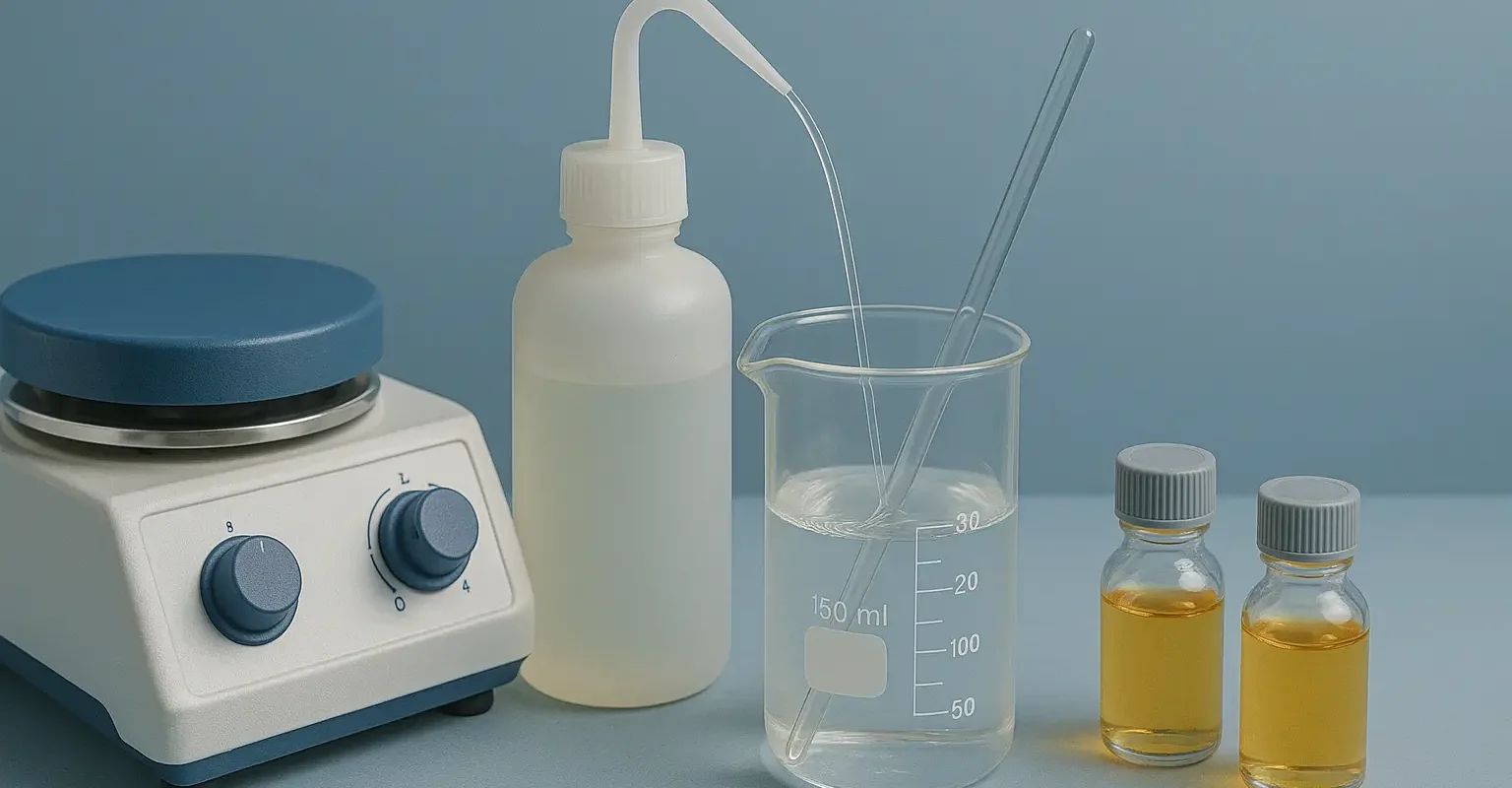- Once the isotonicity of a solution is determined, adjustments may be necessary.
- Methods are categorized into Class I and Class II.

1.Class I Methods of Adjusting Isotonicity
-
Definition
- Methods that involve adding solutes to adjust the isotonicity of a solution without changing its volume significantly.
-
Techniques
-
Sodium Chloride Equivalent Method
- Concept: Calculates the amount of sodium chloride (or equivalent solute) needed to make the solution isotonic.
- Sodium Chloride Equivalent (EEE): Represents the amount of NaCl that has the same osmotic effect as 1 gram of the drug.
-
Formula:
-
Amount of NaCl needed = (0.9
-
Steps:
- Calculate the total amount of NaCl required for isotonicity.
- Subtract the NaCl equivalent of the drug already present.
- Add the difference as NaCl or another suitable solute.
-
White-Vincent Method
- Concept: Calculates the volume of isotonic solution that can be prepared with the drug.
- Formula: V = w × E × 111.1
- V = Volume of isotonic solution that can be prepared.
- w = Weight of the drug in grams.
- E = Sodium chloride equivalent.
-
Adjustment:
- Dilute the drug to the calculated volume with water.
- Add isotonic diluent to reach the final desired volume.
-
-
Advantages
- Precision: Allows accurate calculation of solute additions.
- Simplicity: Straightforward calculations using known equivalents.
-
Limitations
- Dependent on Accurate EEE Values: Requires precise sodium chloride equivalents for drugs.
- Not Suitable for All Solutes: Limited to substances with known EEE values.
2.Class II Methods of Adjusting Isotonicity
-
Definition
- Methods that involve adding water to adjust the isotonicity, followed by bringing the solution to final volume with an isotonic or buffering solution.
-
Techniques
-
Freezing Point Depression Method
- Concept: Adjusts the solution based on its freezing point depression to match that of body fluids.
-
Steps:
- Calculate the total freezing point depression required (−0.52°C-0.52°C−0.52°C).
- Determine the freezing point depression contributed by the drug.
- Add water to reach the desired freezing point depression.
- Bring to final volume with isotonic diluent.
-
Sprowls Method
- Concept: Similar to the freezing point method but uses tables correlating freezing point depression with volumes.
-
Procedure:
- Use standard tables to find the volume of isotonic solution corresponding to the amount of drug.
- Adjust the solution accordingly.
-
-
Advantages
- Flexibility: Useful when adding solutes is impractical.
- Applicability: Suitable for drugs where EEE values are not available.
-
Limitations
- Complexity: Requires knowledge of freezing point depression contributions.
- Equipment: May need instruments to measure freezing points accurately.

